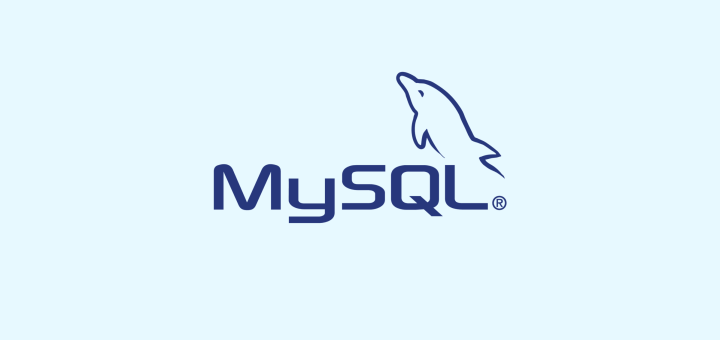Again its time to read some serious content in light mood, Yup! Its another article on Interview question and here we are presenting 10 Core Linux Questions, which surely will add to your knowledge.

1. You need to define a macro, a key binding for the existing command. How would you do it?
[root@localhost ~]# bind '"\e[24~":"date"'
Note : Different types of terminals or terminal emulators can emit different codes for the same key.
2. A user is new to Linux and he wants to know full list of available commands, what would you suggest him?
[root@localhost ~]$ compgen -c l. ll ls which if then else elif fi case esac for select while until do done ...
3. Your assistant needs to print directory stack, what would you suggest?
[root@localhost ~]# dirs /usr/share/X11
4. You have lots of running jobs, how would you remove all the running processes, without restarting the machine?
5. What does the command ‘hash’ is used for in bash Shell?
[root@localhost ~]# hash hits command 2 /bin/ls 2 /bin/su
6. Which builtin Linux command performs arithmetic operation of Integers in Bash?
#! /bin/bash ... ... let c=a+b ... ...
7. You have a large text file, and you need to see one page at a time. What will you do?
[root@localhost ~]# cat file_name.txt | more
8. Who own the data dictionary?
9. How to know a command summary and useability in Linux?
Assume you came across a command in /bin directory, which you are completely unaware of, and have no idea what it does. What will you do to know its useability?
[root@localhost ~]# whatis zcat zcat [gzip] (1) - compress or expand files
10. What command should you use to check the number of files and disk space used by each user’s defined quotas?
That’s all for now. Provide your valuable Feedback in our comment section. Stay tuned for more Linux and Foss posts.








Seems like I’ve been cut off the link to the web, my xfce and xubuntu systems just totally lost there connection? Wasn’t even hacking at the time, seems like my connection is being made really difficult!! Please can anyone help?
There should be more core questions, like Boot process, kernel compilation, checking and monitoring CPU, mem and network stats.
just for fun, using your own technics, I did a whatis on more command which displayed something like :
# whatis more
more (1) – file perusal filter for crt viewing
more (1p) – display files on a page-by-page basis
Then I applied that to your question number #7 and it showed that you’re contributing to a common misuse of the pipe among sysadmins; in other words no need to pipe cat in more or less
no need to
pipe cat in grep, wc, cut
pipe find in grep
… you get the point.
Other than that, as someone said, your article is still useful, I think there is many levels to mastering Linux, and your article is definitely contributing to raising the level up.
I am working as System Administrator (nix) for “AN” NGO.
Yeah the name of ngo is ‘an’.
;)
i think both are same just like ls -l and ll show same output.
Yeah om ‘ll’ is an alias of ‘ls -l’
it is defined in your ~/.bachrc file.
‘ll’ by default is not aliased on all distributions, however you can always create it.
How is “dirs” different from “pwd” ????
[root@lovely ~]# dirs
~
[root@lovely ~]# pwd
/root
exellent site in linux
That’s a gem for us vinod
I loved extracting the good in the article rather than finding negative things like other did.
Thanks Avishek
Nicely said Anand =)
:) @ Michel
Thanks Anand
Good article waiting for some more
Question #8 is for an Oracle database, not a core Linux knowledge item. Question #7 is often advised as not the best way to do it (google “useless use of cat”).
The rest are good bash tips though, so maybe a better article title would be “8 Core Bash Interview Q&A”.
You should learn a bit more about things before writing these articles.
Your “core linux” things are sometimes bash-specific.
And you should look up what “UUOC” means and try to understand it.
Lol yes: why pipeling if you can just do `less file_name.txt`. And as for me, I never use `more` if there is `less`.
BTW, could I just press Tab-Tab instead of compgen?